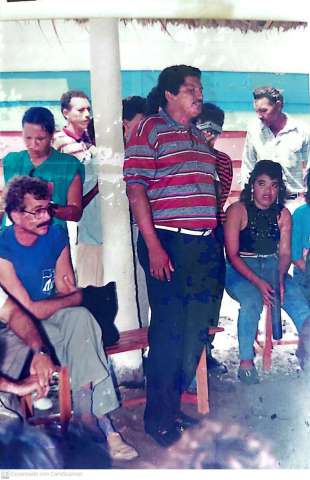http://boletin.invemar.org.co/ojs/index.php/boletin/article/view/519
The present paper is the result of a study undertaken to establish the relationship of certain marine envlromental factors and the benthic flora of the Caribbean littoral of Colombia. For the purpose of this study this coastal bands has been divided in two Areas. Area 1 is found between Cabo Tiburón and the mouth of the Río Magdalena, and is characterized by warm waters with very small fluctuations of the surface temperature. Area 2 ranges from the mouth of the Río Magdalena to Castilletes, and its waters are affected by a coastal upwelling with a locality of maximum intensity at the West of Península de Guajira. As a result of the presence of this upwelling there are considerable variations in the physical and chemical factors acting upon the benthic flora, there established for very short periods or all year round, as well as determining the absence of some genera and species typical of these latitudes. The parameters used for detecting this oceanographic phenomenon are given by Díaz-Piferrer (1967 a) for Venezuela. To the biological indicators cited by this author for Venezuela, the present writer adds the brown alga Ectocarpus confervoides (Roth) Le Jolis, which was found in the area of upwelling in Colombia. A comparative study of these indicators plants with those of Venezuela is given in the present paper. Similarities and differences were found to be caused by the over-run of the warm counter current on the Colombian upwelling; by the different forces of the Caribbean Current and Guayana Current, all of which lead to the related oceanographic phenomenon; tfie climatic factors; the topography of the sea bottom and the influence of the continental waters over these upwelling.



